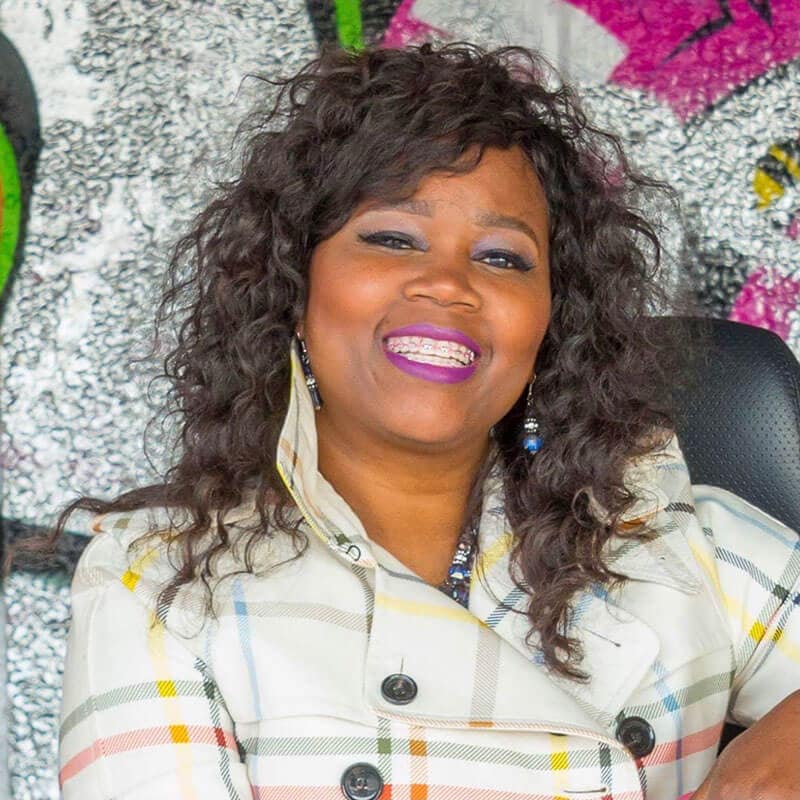
Disclosing Disability on Campus: Risks and Rewards of Accommodations in College

To borrow and expand on a bit from science fiction writer Jane Espenson: if we can't embrace disability inclusion in campus life, then what is the point? You don't create new future leaders with the same limits as the old ones.
Disability, by nature, is diverse. Just as many others born into a state of being or find themselves adapting at the turn of life, disabled individuals are often on the brunt end of acceptance. Considering that a disability can be visible or invisible, it may not be intentional, but the fact remains - inclusion and representation matter.
The National Center for Education Statistics reports that 19% of on-campus undergraduates had a disability (2015-2016). Of that number, only 30% completed their studies, and the remaining dropped out, citing a lack of resources.
There Are Inherent Risks to Lack of Representation
Incomplete studies are just the beginning of the lack of disability inclusion. Generally, when the qualms of inclusion are discussed, they are framed in a manner that does not extend beyond wheelchair accommodation and other minimal approaches. While this allows students with some selective disabilities to participate in class with their peers, it still symbolizes just how different their campus experience may be.
Visible and invisible disability inclusion is more than preparing students to be a mere oversight in a sea of workplace conformity. It should focus on how students can rise despite the disability they are experiencing.
Disability Inclusion Is the Key to Impact Among College Campuses
When a person's natural state of being, regardless of what it may be, is nurtured, it allows them to fully blossom into the best versions of themselves. Investing in the social, athletic, and cultural inclusion of disabled individuals on college campuses is a step in that direction.
Reportedly, the number of students with a disability who participated in campus activities such as clubs and other on-campus events is significantly lower than their non-disabled peers.
When a student has a disability, inclusion can be more difficult to achieve. Students with disabilities are less likely to disclose, attend, or graduate from college campuses with architectural and attitudinal barriers that are bottlenecking diverse workplace pipeline, talent, and innovation.
However, imagine the confidence rooted in encouraging participation by showing the uniqueness and adaptability of disability possible, accommodated, and celebrated. Disability inclusion is the catalyst that colleges need to increase the graduation rate amongst disabled undergraduate students and move the needle in an upward direction on the percentage of disabled individuals in the workplace.
Reworking the framework of diversity inclusion looks like addressing the inclusion gaps on college campuses by encouraging representation throughout the many factors of higher learning, ranging from the classroom to the campus yard. The risks associated with overlooking the importance of diversity inclusion go hand in hand with the rewards of changing the narrative and taking a step forward in eliminating the challenges.
Do you have a compelling story or student success tips you’d like to see published on the Pearson Students blog? If you are a college student and interested in writing for us – click here to pitch your idea and get started!
About the author

Yvette Pegues
Yvette Pegues, Ed.D(c) is a graduate student at Southeastern Baptist Theology Seminary studying Christian Education Leadership. She began her career as a scientist and is now serving as an activist, advocate, author, adaptive athlete and TEDx storyteller. After surviving a traumatic brain/spinal cord injury, Yvette co-founded the non-profit organization Your Invisible Disability Group (YIDG) to serve other families affected by disability. She also engages in 20+ adapted sports, from scuba diving to water skiing; horseback riding to golfing; surfboarding to skateboarding, she promotes activity as activism, well-being and self-care.


